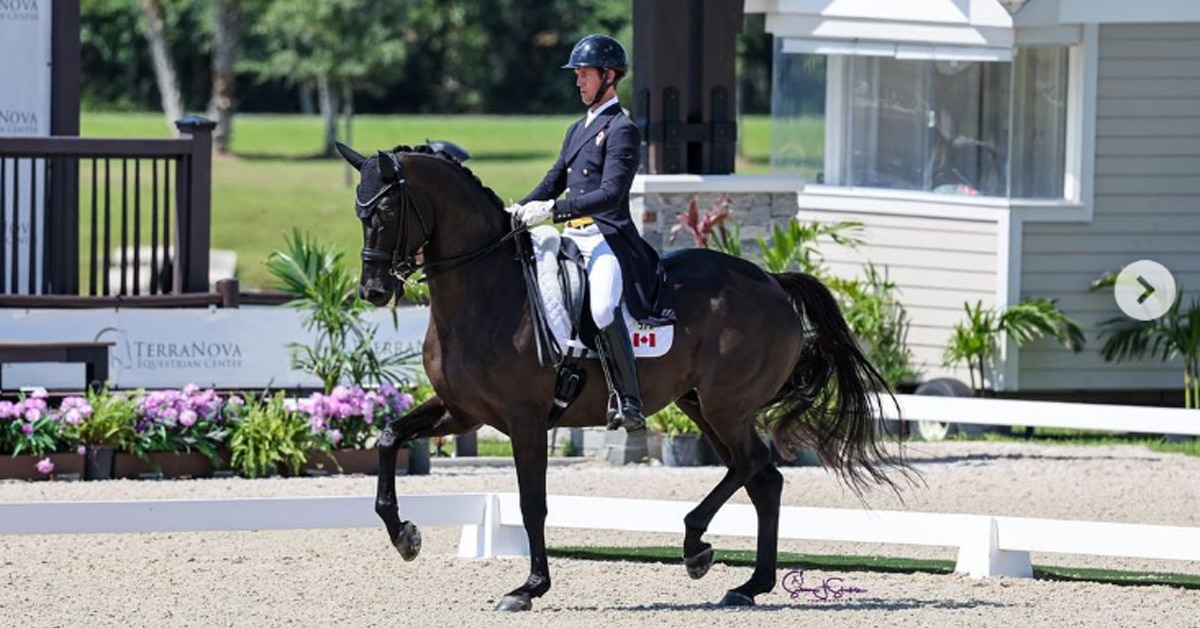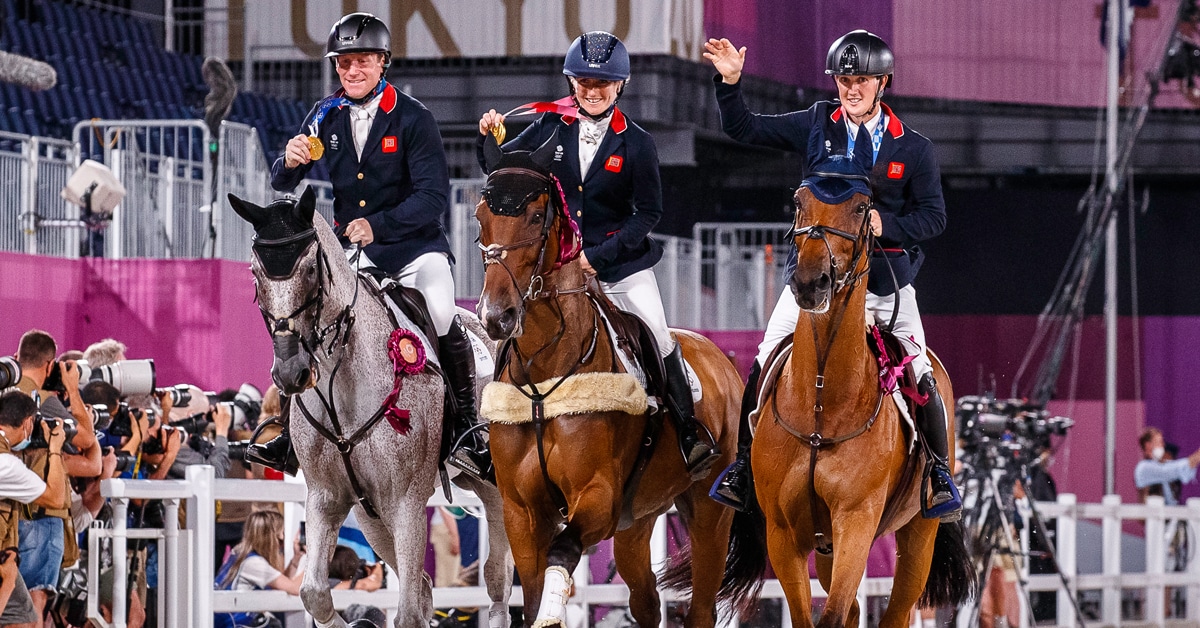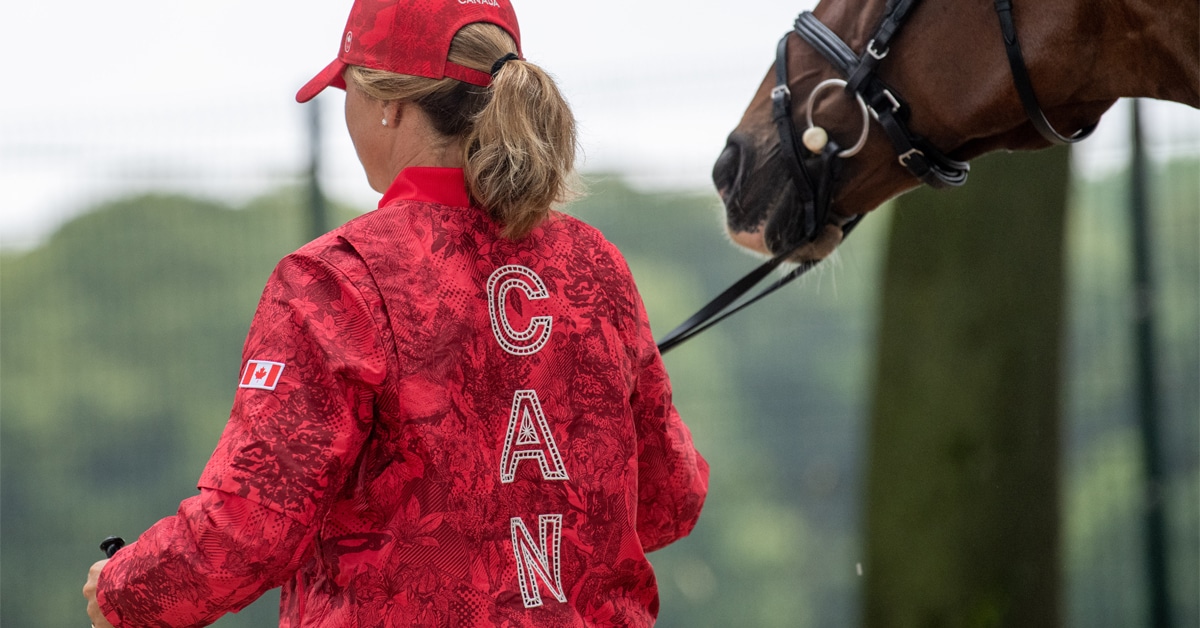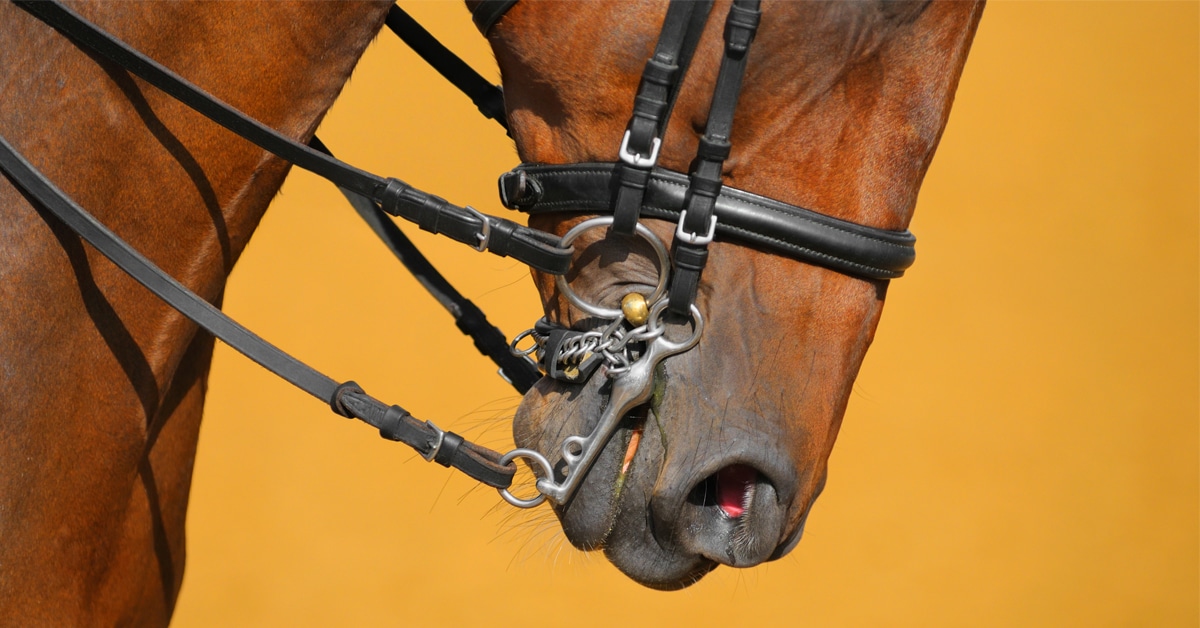The following open letter was sent to the FEI by the International Society for Equitation Science supporting the recommendations made by the Equine Ethics and Wellbeing Commission and encouraging the FEI to consider making changes to unequivocally put equine welfare first.
The International Society for Equitation Science (ISES) promotes the continual advancement of equine welfare through the development and application of an evidence-based approach to improve and enhance interactions between humans and horses. Horses in equestrian sport are especially vulnerable owing to the potential for human interests to be placed before the welfare of the horse.
ISES strongly endorses the work of the Equine Ethics and Wellbeing Commission (EEWC), notably the development of the 30 Recommendations and the proposed adoption of the vision of a “Good Life for Horses”. Improved welfare must inevitably lead to improved sustainability of horse sports.
The recent focus on maintaining Social Licence to Operate for equestrian sports has raised some important questions related to both welfare ethics and welfare science. The ethics of horse use concerns the moral proposition that individuals or society takes in relation to how horses ought to be treated. It is important to recognise that what is deemed acceptable or unacceptable is a value-based position held by an individual, community or society and may or may not be informed by science. Welfare science is more objective and contemporary research that illuminates the horse’s own subjective experiences that determine their overall welfare state. Welfare science therefore helps provide a more definitive understanding as to what is, or is not, acceptable from the animal’s perspective.
On matters where there are important ethical concerns, such as the mandatory use of double bridles at Grand Prix level in Dressage, there may be a difference between the perspectives of stakeholders and animal welfare researchers. While stakeholders may consider scientific evidence of any welfare risk to be lacking, welfare scientists caution the dangers of such a perspective. Therefore, ISES supports the application of the ‘precautionary principle’, where any doubts that may exist in any situation surrounding horse welfare, the outcome should favour the interests of the horse until such time that research reveals there to be no welfare risk.
ISES supports the application of the ‘precautionary principle’
ISES is supportive of there being choice for riders in favour of their horse’s welfare in relation to use of the double bridle. ISES is disappointed that the FEI proposed rule changes do not reflect the early recommendation made by the EEWC regarding deregulating the mandatory use of a double bridle for any discipline. ISES believes that continuing to require all riders at FEI Grand Prix level to use a double bridle is not in the best interest of horse welfare. Many National Federations have responded by allowing riders the choice to use a snaffle bridle at Grand Prix level, and Sweden for example has proposed that the use of the double bridle be optional for FEI competitions, as per the EEWC recommendation. ISES strongly encourages the FEI to support the EEWC early recommendation to allow riders to make better choices in favour of the welfare of their horses. Supporting the optional use of the snaffle bridle in Dressage speaks in favour of social license to operate and furthers sustainability of the sport horse. It is important that the FEI shows the strength of its commitment to horse welfare by overruling the views of the International Dressage Trainers Club and the International Dressage Riders Club.
ISES also supports the proposed noseband tightness ruling including the use of an objective measuring device. ISES is disappointed that the FEI remains uncommitted to measurement being on the frontal nasal plane of the horse despite the significant body of evidence from equine scientists and veterinarians as outlined by the EEWC. ISES is also concerned that there is no clear FEI commitment to ensuring that noseband ‘tightness’ is defined. The scientific evidence clearly shows that nosebands must not be applied tighter than the equivalent of ‘two fingers’ as measured between the noseband and the nasal frontal plane. The ISES taper gauge designed to meet this standard has been successfully used for measuring noseband tightness at competitions and has recently been adopted for use by the French National Federation. ISES believes that the actual maximum tightness should be clearly articulated in line with the research that is available, and the device should measure tightness where the pressure is known to be greatest.
ISES supports the proposal that all equestrians be required to pledge to the EEWC Equestrian Charter demonstrating recognition of the horse as sentient and able to experience negative and positive emotions, thereby taking responsibility for providing for a “Good Life for Horses”.
The application of the precautionary principle will acknowledge our responsibility in social license and ensure sustainability of equestrian sports. ISES encourages the FEI to consider making changes that unequivocally put equine welfare first.
More from News:





